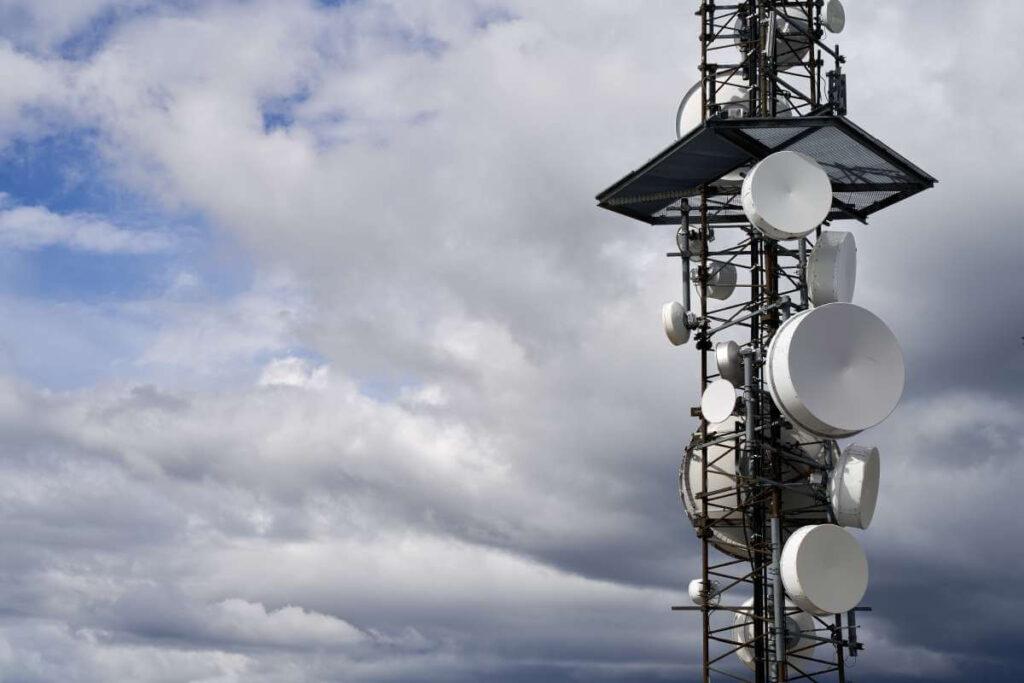How a Fiber Consultant Can Help WISPs and ISPs Add Fiber Deployments to Their Services

Expanding your WISP or ISP services to include fiber can be a transformative move, offering higher speeds, improved reliability, and the ability to attract new customers.
Building a Resilient Cybersecurity Framework for ISPs and WISPs: Protecting Networks, Data, and Customers

ISPs and WISPs face increasing threats, from data breaches to service disruptions. As Internet providers, securing your network is essential
Best Practices for Stringing Aerial Fiber: A Guide for ISP Owners

As an Internet Service Provider (ISP) owner, delivering reliable and high-speed internet to your customers is paramount. One of the most efficient ways to expand your network infrastructure…
Network Capacity Planning for WISPs: A Predictive Modeling Approach

Network capacity planning is the cornerstone of a successful WISP. It involves assessing current network capabilities…
A Guide for WISPs: Best Practices for Ethernet Cabling

For Wireless Internet Service Providers (WISPs), the ability to create custom Ethernet cables is essential for efficient network…
VLANs for WISPs: A Comprehensive Guide

Before diving into implementation, it’s crucial to understand what VLANs are and why they are beneficial for WISPs…
Understanding Last Mile and Middle Mile Connectivity: A WISP Guide

Last Mile connectivity refers to the final leg of the network that delivers internet service to end-users. In the context of a WISP…
How Cutting-Edge GIS Can Benefit WISPs

The world of Geographic Information Systems (GIS) is constantly evolving, offering exciting new functionalities for Wireless Internet Service Providers
Optimizing Point-to-Point Wireless Backhaul for Enhanced WISP Performance

A robust and efficient backhaul network is the backbone of your operation. When it
comes to backhaul solutions…
OSPF vs. BGP Routing for WISPs: Choosing the Right Path for Your Network

Choosing the right routing protocol is crucial for ensuring efficient network operations and optimal performance…